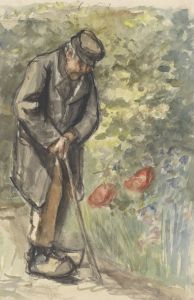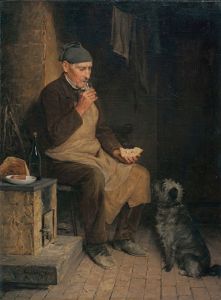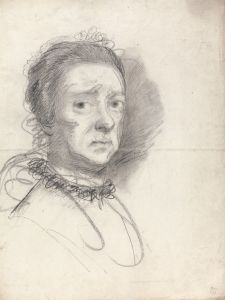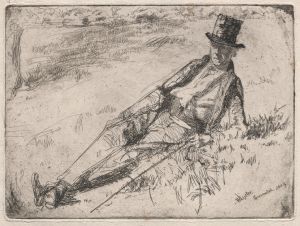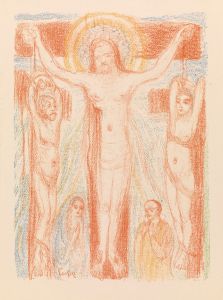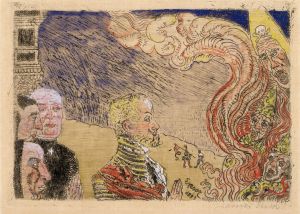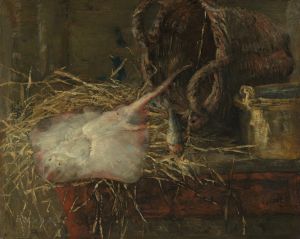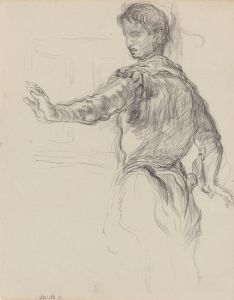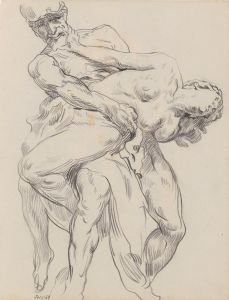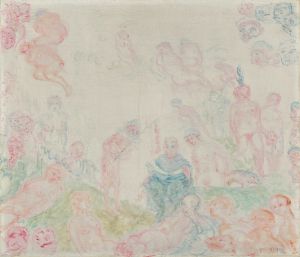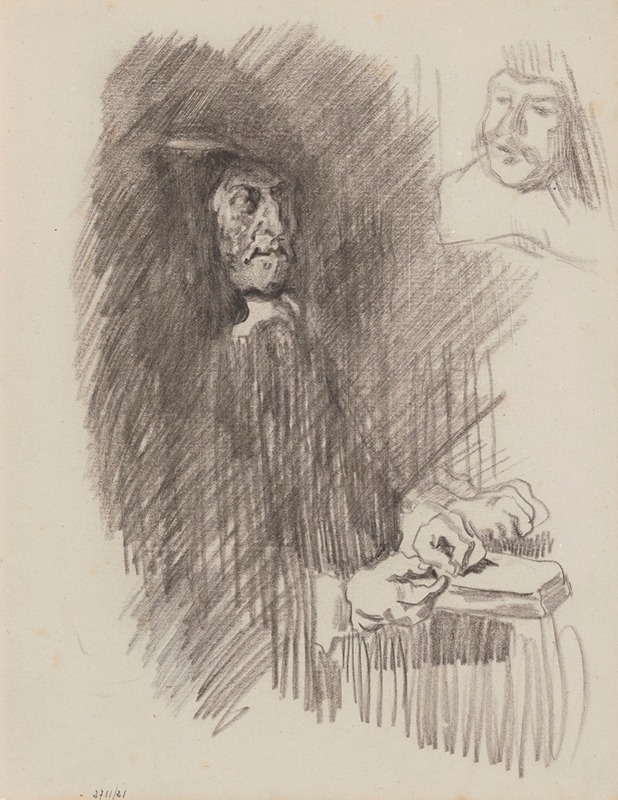
The Regents of the Old Men’s Almshouse in Haarlem. Two Figures
A hand-painted replica of James Ensor’s masterpiece The Regents of the Old Men’s Almshouse in Haarlem. Two Figures, meticulously crafted by professional artists to capture the true essence of the original. Each piece is created with museum-quality canvas and rare mineral pigments, carefully painted by experienced artists with delicate brushstrokes and rich, layered colors to perfectly recreate the texture of the original artwork. Unlike machine-printed reproductions, this hand-painted version brings the painting to life, infused with the artist’s emotions and skill in every stroke. Whether for personal collection or home decoration, it instantly elevates the artistic atmosphere of any space.
James Ensor, a prominent Belgian painter, is known for his unique and often avant-garde style that contributed significantly to the development of Expressionism and Surrealism. One of his lesser-known works, "The Regents of the Old Men’s Almshouse in Haarlem. Two Figures," reflects his distinctive approach to art, characterized by a blend of realism and fantastical elements.
Ensor was born in 1860 in Ostend, Belgium, and spent most of his life there. His work is often noted for its satirical and sometimes grotesque depiction of society, influenced by his fascination with masks, skeletons, and carnival imagery. Ensor's style evolved over time, moving from realistic depictions to more abstract and symbolic representations.
"The Regents of the Old Men’s Almshouse in Haarlem. Two Figures" is a painting that captures Ensor's interest in historical and social themes. The title suggests a connection to the regents, or governors, of an almshouse, which is a charitable housing institution for the elderly or poor. Almshouses were common in Europe, particularly in the Netherlands, where they were often funded by wealthy benefactors and managed by regents.
In this painting, Ensor focuses on two figures, presumably regents, who are depicted in a manner that might suggest both authority and introspection. The setting of Haarlem, a city in the Netherlands, is significant as it was known for its rich artistic heritage and historical almshouses. Ensor's choice to depict figures associated with an almshouse could reflect his interest in themes of charity, power, and the social responsibilities of the wealthy.
Ensor's technique in this painting, as in many of his works, likely involves a combination of bold colors and expressive brushwork. His use of light and shadow might create a dramatic effect, emphasizing the figures' expressions and the gravity of their roles. Ensor often employed a vivid palette and dynamic compositions to convey emotion and narrative depth, which may be evident in this work as well.
While specific details about "The Regents of the Old Men’s Almshouse in Haarlem. Two Figures" are scarce, it fits within Ensor's broader oeuvre, which frequently critiques societal norms and explores the human condition. His works often challenge viewers to consider the underlying social and moral questions of his time.
Ensor's legacy as an artist is marked by his influence on later movements and artists. His willingness to experiment with form and content paved the way for future generations of artists who sought to break away from traditional artistic conventions. Although "The Regents of the Old Men’s Almshouse in Haarlem. Two Figures" may not be as widely recognized as some of his other works, it remains a testament to his innovative spirit and enduring impact on the art world.





